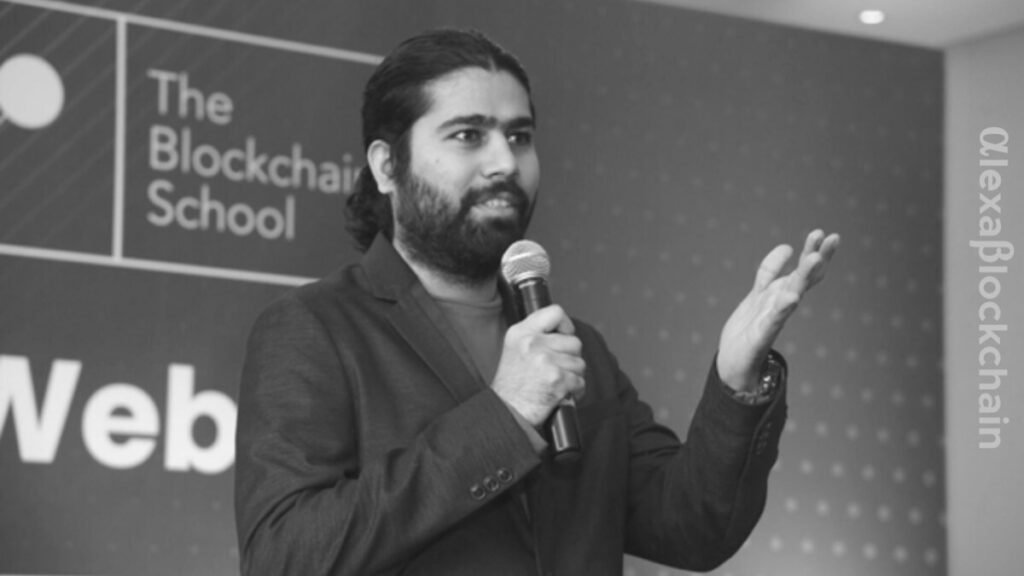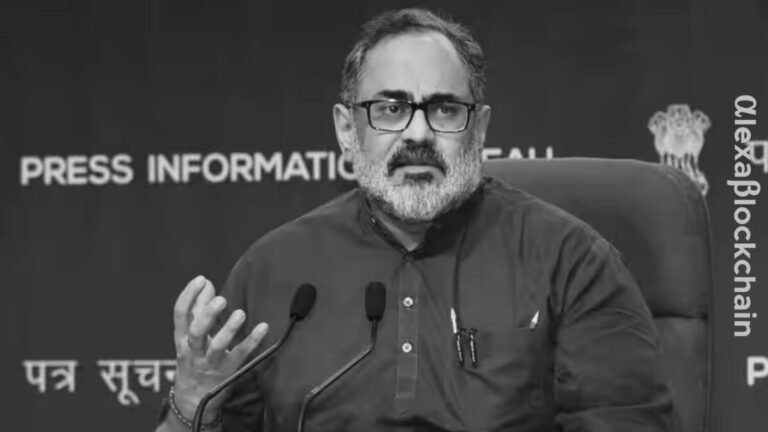Quick Take
In a recent Lok Sabha session, the Indian Government expressed unwavering commitment to shaping the future of Web3 technologies and the internet. Initiatives include support for Web3 startups, upskilling programs, and fostering innovation. While promising, collaboration gaps and engagement challenges must be addressed for India to truly lead in this transformative tech landscape.
Indian Government supports startups that are innovating in the Web3 sector
Mr. Rajeev Chandrasekhar, Indian Minister of State for Electronics and Information Technology emphasized on the importance of Web3 and Blockchain during a discussion in Lok Sabha, the lower house of India’s parliament, on 6th December 2023.
He outlined the Indian government’s commitment to Web3 technologies, emphasizing their potential in shaping the internet’s future. This commitment raises pivotal questions about India’s role in the global Web3 landscape, the government’s support for related startups, and the preparedness of its workforce for this technological leap.
Government Initiatives and Support for Web3 Startups
Responding to questions from Dr. T. Sumathy (a) Thamizhachi Thangapandian, Chandrasekhar confirmed the government’s support for Web3 startups.
He said: “Web3 represents the future of internet and the Government is committed to ensuring that innovations and innovation from India create the future of Web3 and internet.”
Key initiatives include the establishment of a Centre of Excellence (CoE) in Blockchain Technology, a collaboration involving multiple stakeholders, including the Software Technology Parks of India (STPI) and tech giants like IBM and Intel. This CoE focuses on incubating promising startups in blockchain, a critical component of Web3.
Furthermore, the Ministry of Electronics and Information Technology (MeitY) provides incubation and mentorship for emerging technology startups, though specific details remain to be explored.
Upskilling Efforts in Emerging Technologies
Chandrasekhar highlighted the “FutureSkills PRIME” program, aimed at upskilling IT professionals in new technologies, including blockchain. The program’s statistics reflect a growing interest and participation in blockchain courses, underlining the sector’s burgeoning relevance. However, the completion rates suggest potential gaps in engagement or resource allocation that need addressing.
“Under the FutureSkills PRIME programme, there are 9 courses available on Blockchain technology with 1,999 enrollments and 301 have been completed the course,” states Chandrasekhar. “Also under the blended learning programme, C-DAC/NIELIT resource centres have trained 1,013 Government Officials and 143 Trainers in Blockchain technology.”
Missing Collaboration with Industry Stakeholders
Interestingly, Chandrasekhar noted the absence of formal collaborations with industry stakeholders for Web3 awareness. This gap signifies a potential area for improvement, considering the complex and evolving nature of Web3 technologies.
Industry Perspective: Tezos India’s Viewpoint
Om Malviya, President of Tezos India, shared insights into the burgeoning Web3 startup ecosystem in India. He highlighted the critical role of government initiatives like AlgoBharat and Regulatory Sandbox in fostering a startup-friendly environment.

Malviya’s optimism about India leading in blockchain innovation underscores the synergy between the government’s efforts and the entrepreneurial spirit in the country.
Tezos India’s initiatives, such as supporting startups through grants and mentorship, align with the government’s vision. The significant increase in female blockchain developers and the enthusiastic participation in TEZASIA Hackathon 2023 reflect a diversifying and expanding talent pool in the blockchain sector in India.
Analysis and Forward Look
The Indian government’s commitment to Web3 and blockchain, as evidenced by the initiatives and programs described by Chandrasekhar, positions the country as a potential leader in this space. However, the lack of collaboration with industry stakeholders for awareness and understanding of Web3 technologies is a notable omission.
The upskilling efforts, though commendable, need more robust engagement strategies to ensure higher completion rates and effective skill transfer. The government could benefit from closer collaboration with industry leaders to bridge the gap between policy formulation and practical implementation.
Tezos India’s contributions and optimistic outlook suggest a vibrant and growing Web3 sector. Still, for India to truly lead in blockchain innovation, a more cohesive strategy involving all stakeholders – government, industry, and academia – is essential.
While India’s journey towards a Web3-centric future is on a promising path, it requires a more integrated approach, addressing the gaps in collaboration, awareness, and skill development, to fully harness the potential of these emerging technologies.
Read Also: India Developing Tool To Take on Crypto Criminals



